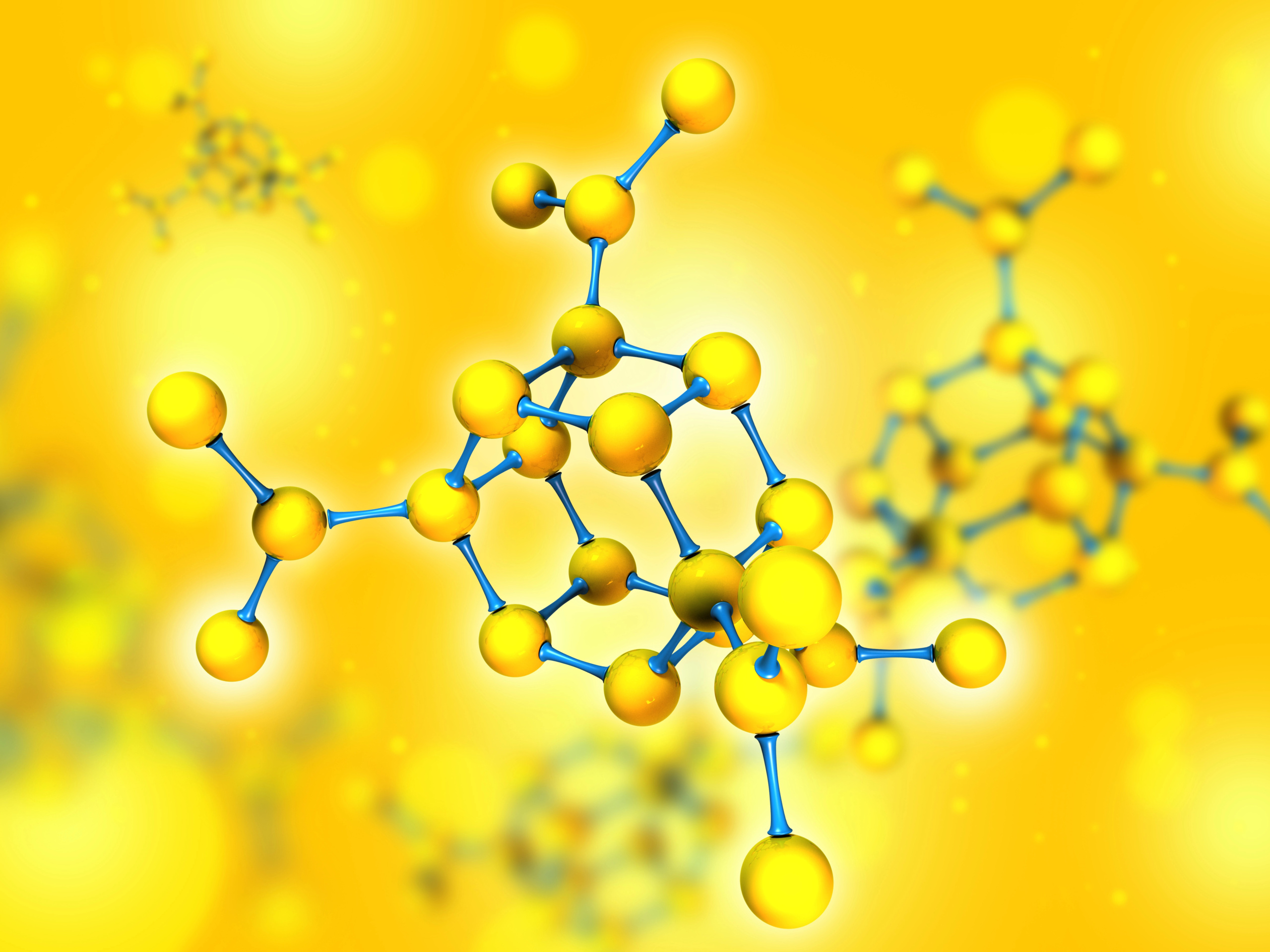
By Sakshi Kabra Malpani, Publishing Associate: Researcher and Writer at Save the Water™ | April 28, 2024
Researchers are harnessing light energy with photocatalysts to remove harmful pollutants from wastewater. Clean drinking water is a basic human right, yet water pollution remains a pressing global challenge. Traditional wastewater treatment methods often fail to address emerging contaminants and persistent pollutants. By leveraging the power of light and catalysts, photocatalysis offers a sustainable and effective approach to purifying water.
Photocatalysts are materials, especially semiconductors like titanium dioxide and zinc oxide, that accelerate chemical reactions under light irradiations. When photons of sufficient energy strike the photocatalyst surface, electron-hole pairs are generated. This initiates redox reactions that degrade organic pollutants and disinfect waterborne pathogens. Versatile and efficient photocatalysts harness solar or artificial light to drive these reactions, thus offering a renewable and eco-friendly solution.
Photocatalysis has diverse applications in water treatment, including the removal of organic pollutants, disinfection of pathogens, and degradation of complex contaminants. Photocatalytic oxidation can effectively degrade organic dyes, pharmaceuticals, antibiotics, pesticides, and industrial chemicals. It also leads to the mineralization of pollutants into harmless byproducts. Furthermore, photocatalytic disinfection offers a chemical-free approach to water sterilization, mitigating the risks associated with conventional disinfection methods like chlorination.
Recent advancements in photocatalysis focus on enhancing catalyst performance, exploring biodegradable and cheaper versions, and optimizing reactor configurations. For example:
The advantages of photocatalysis in water treatment are manifold:
However, challenges such as the need for optimal light conditions, less efficiency, lifespan, and stability of photocatalysts hinder its widespread implementation. Addressing these challenges is crucial for realizing the full potential of photocatalysis in water treatment. Developing novel photocatalytic materials, reactor designs, and operational strategies can help tackle these challenges.
Looking ahead, it is clear that photocatalysis is a sustainable solution for water treatment. Interdisciplinary research collaborations, technological innovations, and policy support will drive its continued evolution and adoption. Together we can pave the way towards a sustainable and resilient water future.